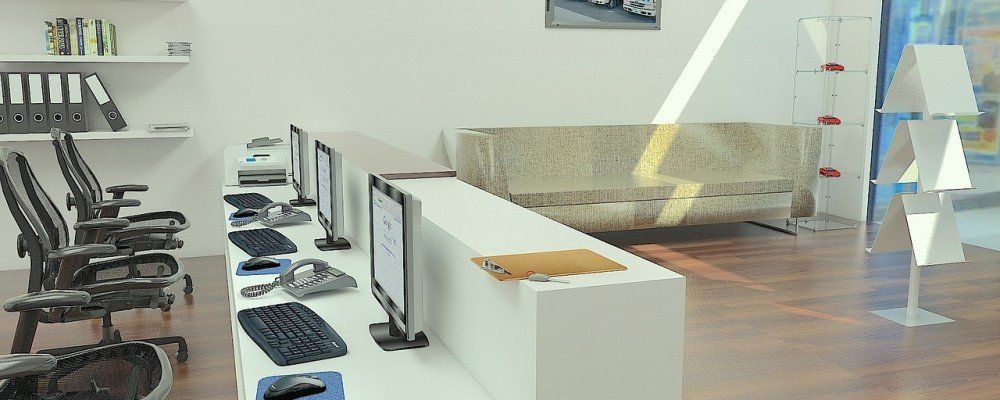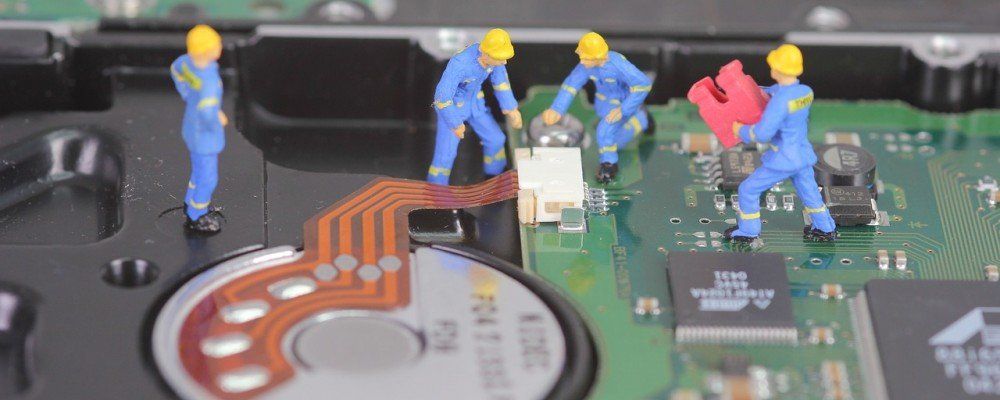Technology in the Workplace
- By Keitha Glace
- •
- 04 Feb, 2019
- •

Running a successful business means having the right tools to get the job done, and the right staff to use those tools. If you are willing to pay top dollar for fantastic software, you need to make sure that your staff know how to use that software. Although a lot of software and hardware is made to be very user-friendly, getting training for your staff means they will know how to get the most out of it. Here are just a few reasons why it is worth while to invest in training for your employees.
The Best Software and Hardware Are More Complex
While most people are well versed in the most common types of software and hardware, like spreadsheet and tablets, most of those are imitations of the best computer products. The reason why you pay a bit more for more sophisticated technology is to reap the benefits of the best in the industry. The problem is that there are always tips and tricks that can streamline the process, but it requires dedicating time to learning about it. Your employees can read the manuals, but honestly, you know they aren’t going to do that. Paying for training means you will get the full benefits of what the new technology can do.
Making Processes More Efficient
The better software and hardware products tend to be a little less intuitive, largely because they include features and functionality that you don’t find in the cheaper products. If you don’t have your employees trained properly, you are basically paying more for the same functionality that you could get with the cheaper technology because your employees probably are not even aware of what the technology’s capabilities are.
It’s a Matter of Security
Another reason it is worth it to pay for employee training is that more complicated software and hardware will require additional training to make sure that security gaps aren’t created. It is likely that you will need to convert files and update networks after your purchase of newer software or hardware. You want to make sure that your staff is properly trained on how to do this so that they do not create problems and make it easier for malicious hackers to gain access to sensitive information.
There can be a steep learning curve when it comes to new or innovative technology. Finding the right training can ensure that your investment does not go to waste. Visit our website or give us a call at 954-341-9934 to learn more about what training classes we offer for products you need.
Maximizing Your Return on Technology
Technology can be fantastic and has the potential to help you make almost every aspect of your business more streamlined. However, to do that, you need your staff to know how to use it. From the latest financial software to tools that make your network and data more secure, you need to invest in training just as much as you invest in the latest technological innovations.
When Should Your Staff Be Trained?
The best time to train your staff is either while the tools and technology are being installed or shortly thereafter. You don’t want to train them before it is available because that will give them time forget what they learned before they can actually use it. If you wait too long after the purchase of new technology, the staff will develop their own way of doing things, and aren’t likely to want to change, or they may not have time to change their methods later.
How to Determine Who Needs Training
The best way to know who needs computer training is to talk to the managers and leads who request the new technology. They should have a good idea of who will be using the technology and who will most benefit from the potential functionality. It is likely that you are going to need to do cross-training for most types of technology because most new hardware and software will cross over between different departments. Take a targeted approach that ensures everyone who needs to learn about the technology is trained. If there are different classes for different functionalities or divisions, sign people up for the classes that are pertinent to their jobs. If needed, you can set up several training sessions so that you always have staff on hand instead of having them all in a class at the same time.
Coordinating the Implementation and Training
One of the trickiest things to do is to set the implementation and training schedules. Between having down time and staff unavailable to deal with their regular work, you are going to need to plan for both of these aspects in advance. Take the current schedules into account, set up the implementation at a time that is more convenient for the largest number of people. You won’t want to set up the implementation while the majority of the staff is traveling or in the middle of a busy season.
Training is a critical component of technology. Since things are constantly changing, you want to make sure that your staff knows how to use the technology in a way that is both efficient and safe.





